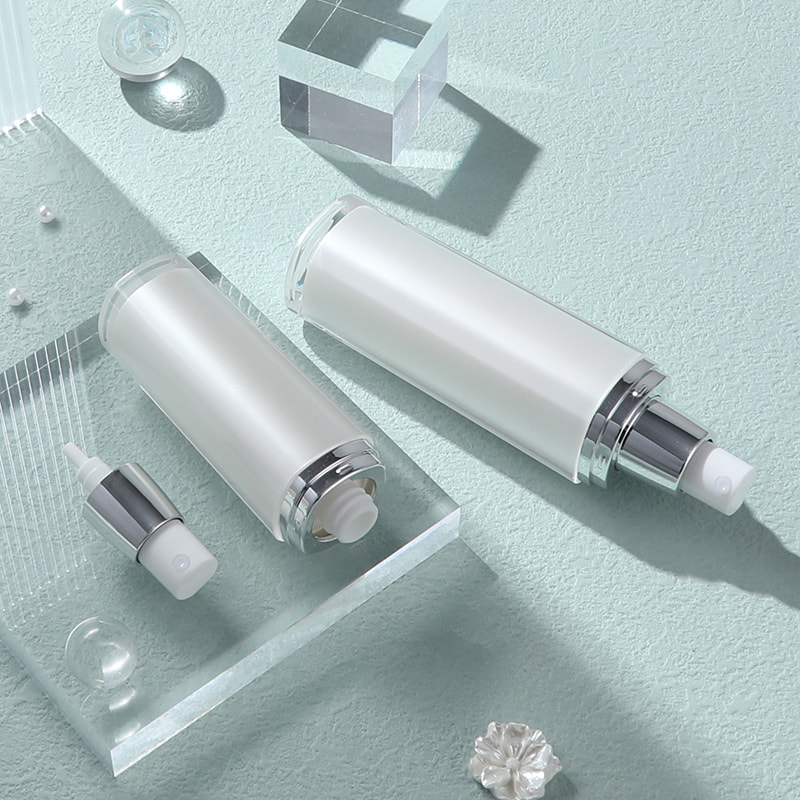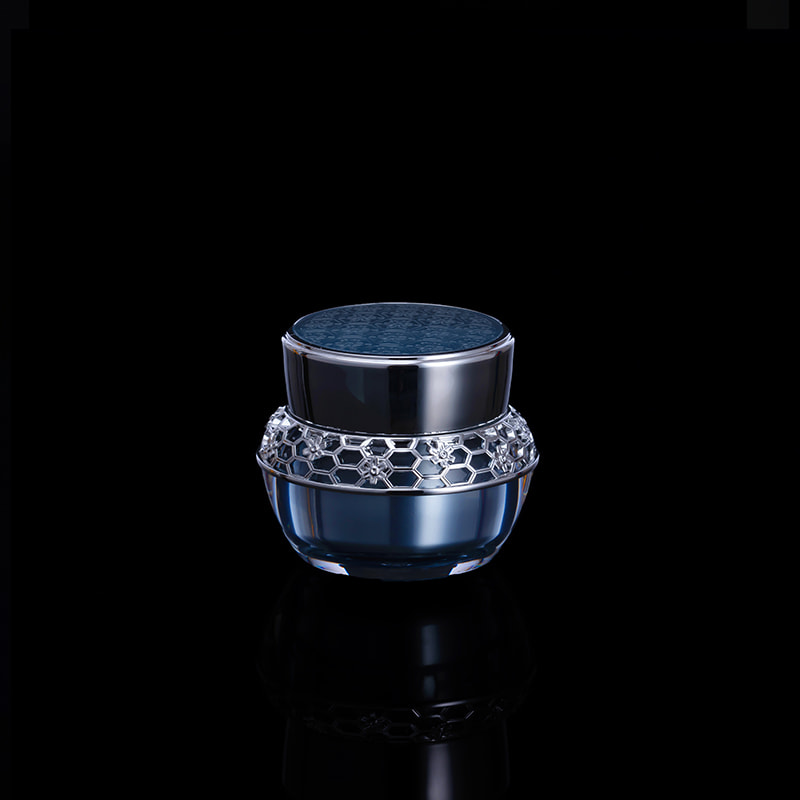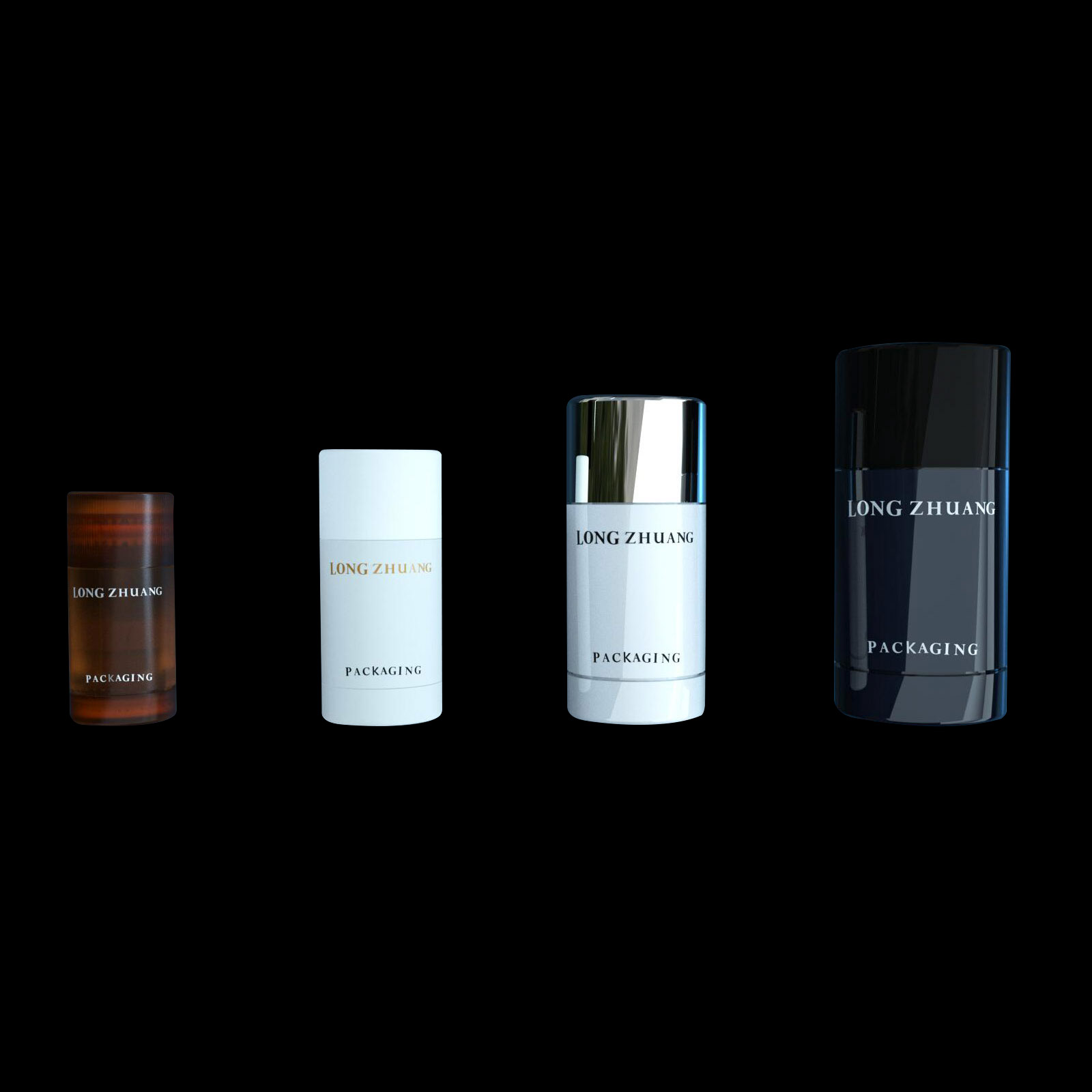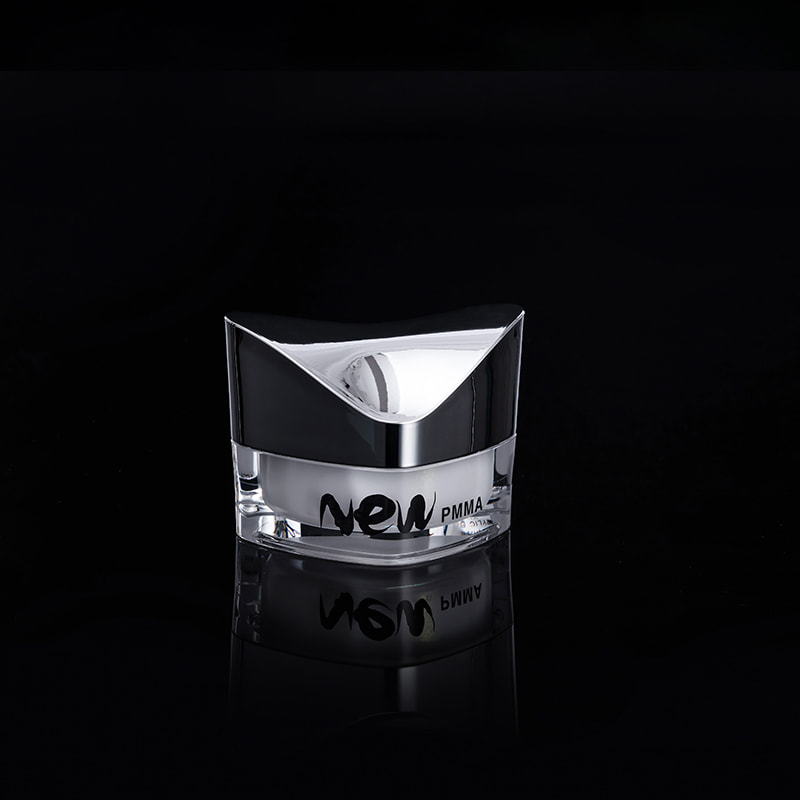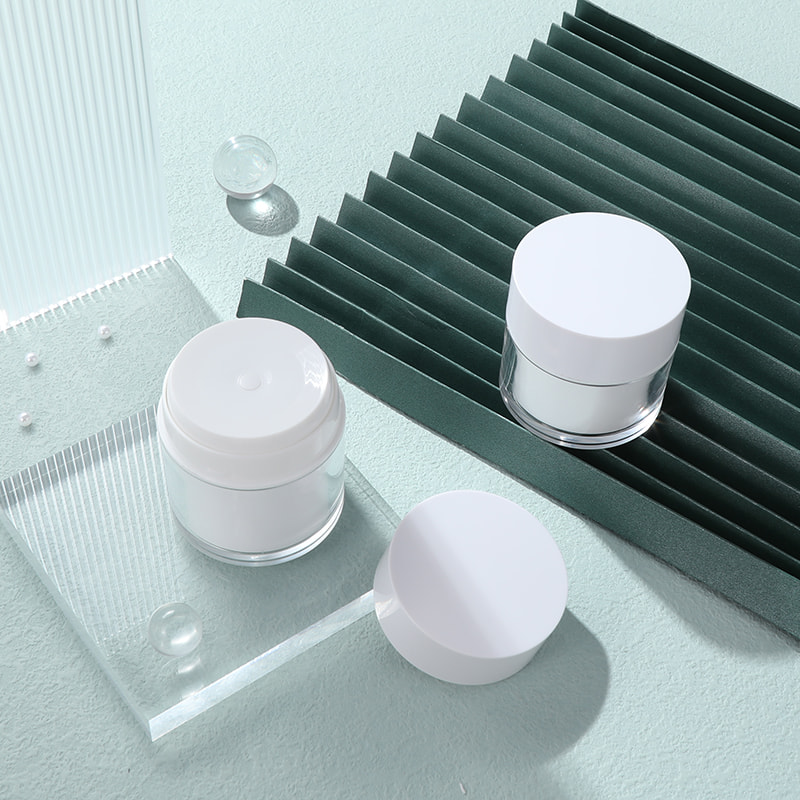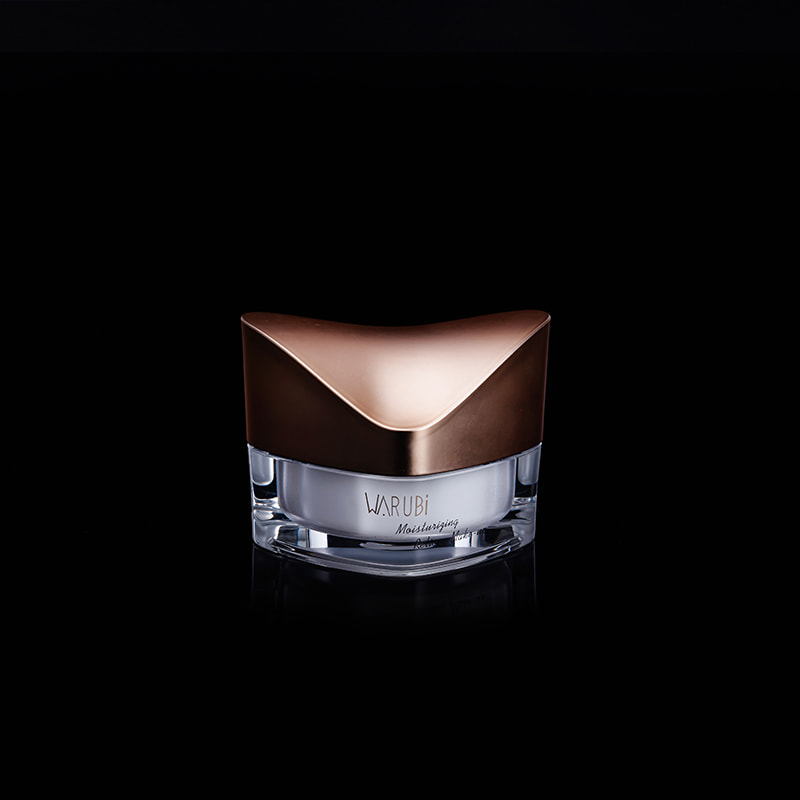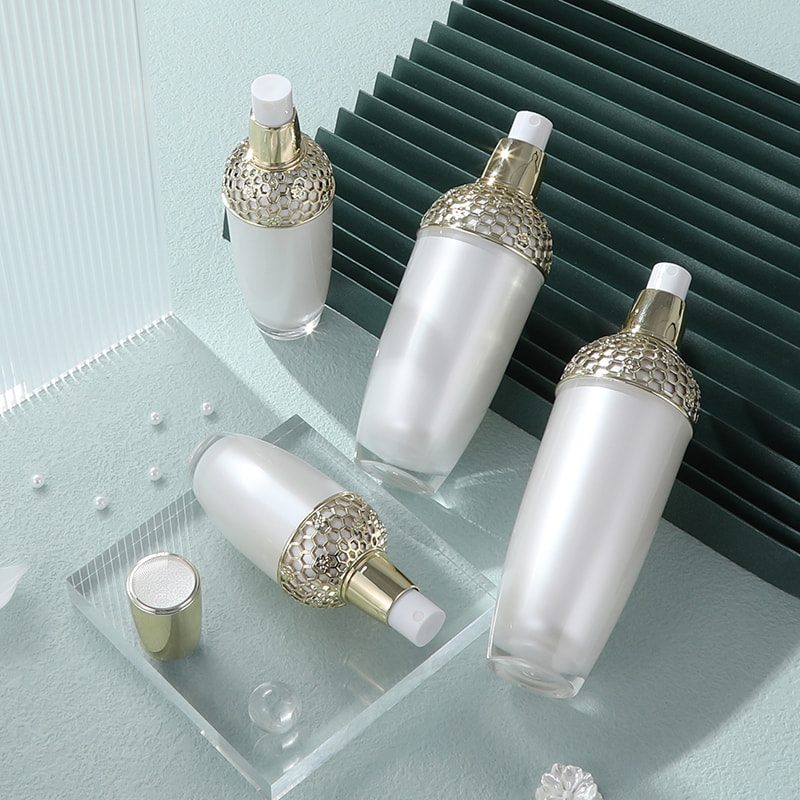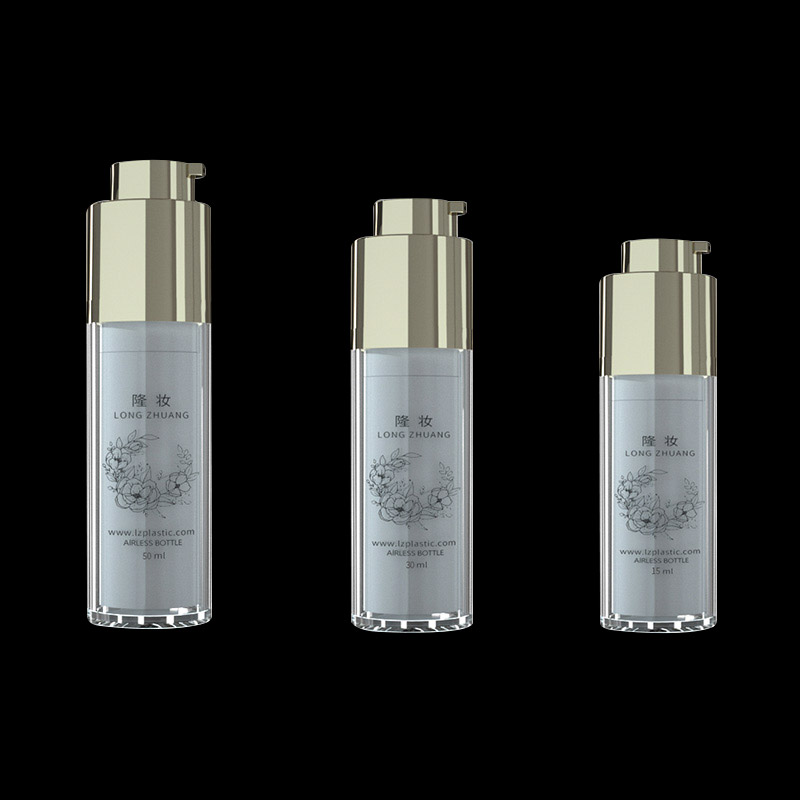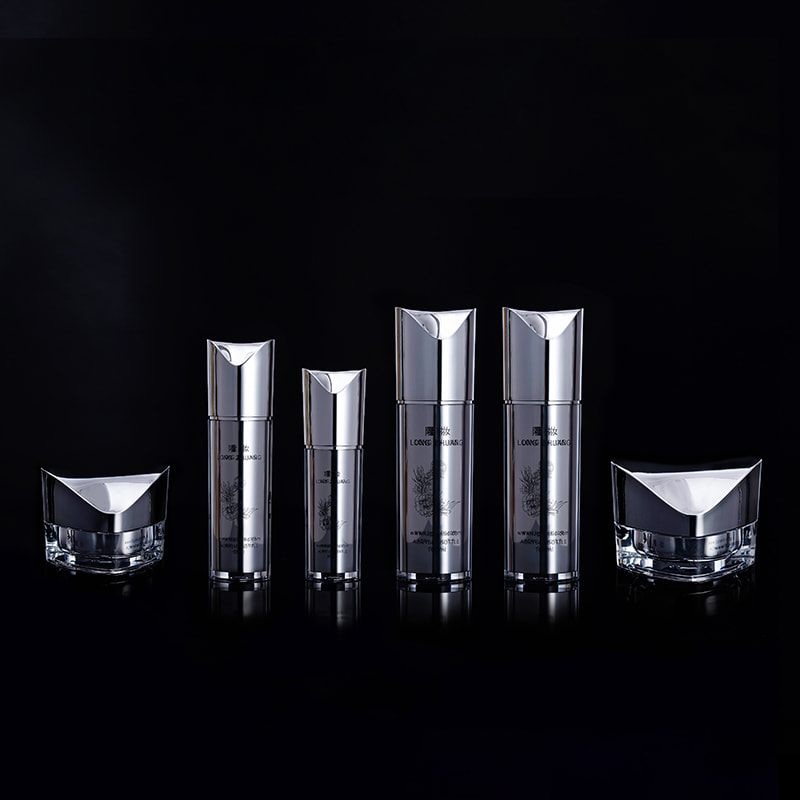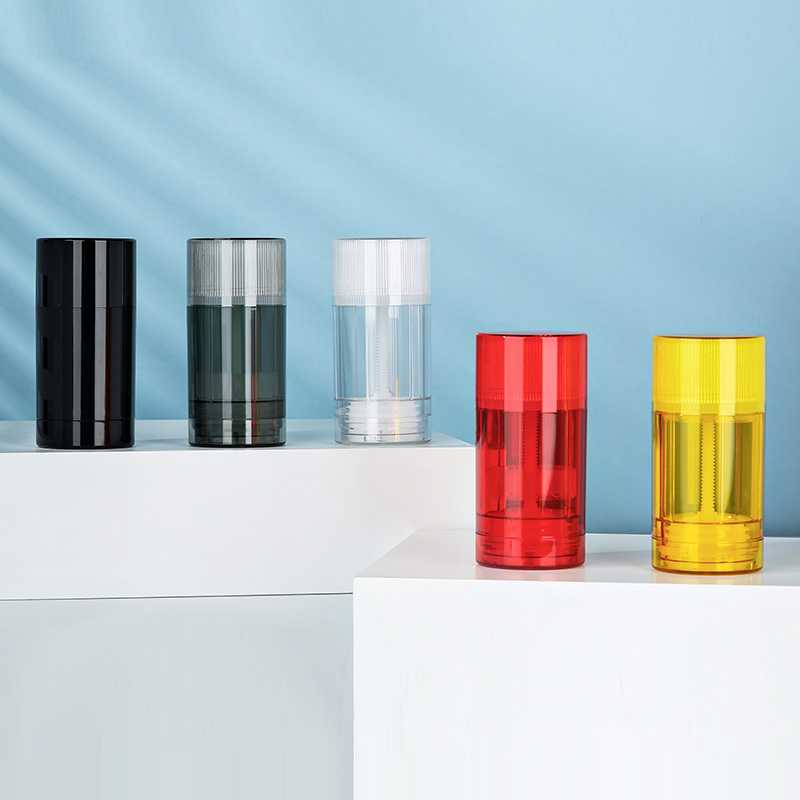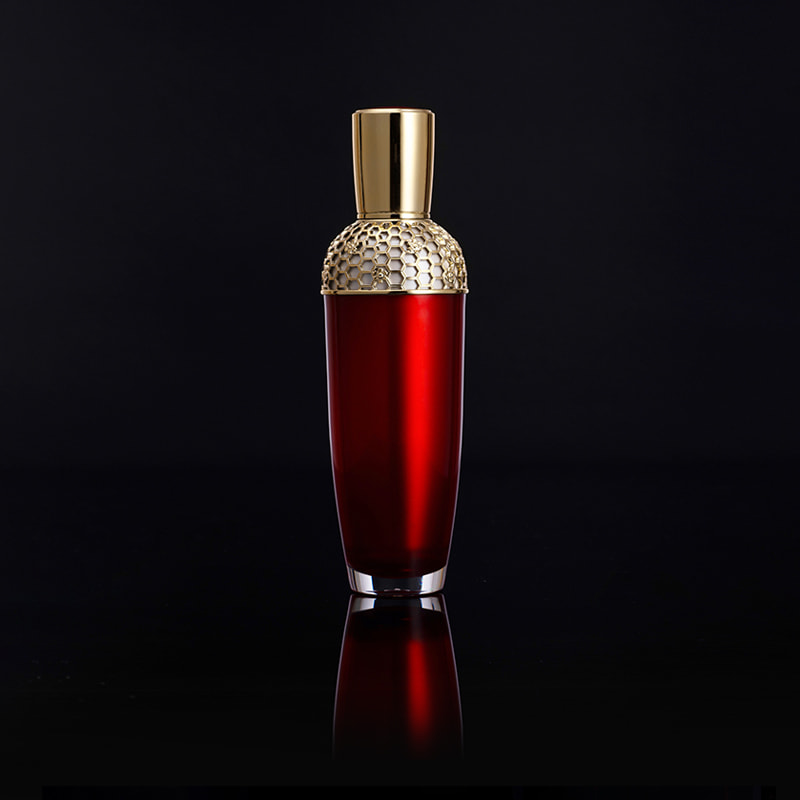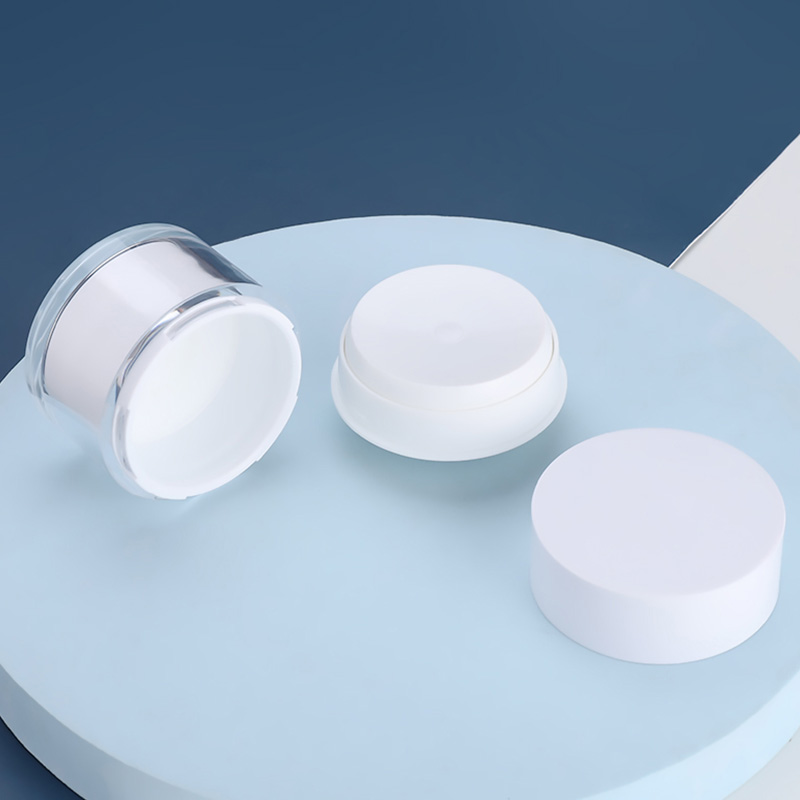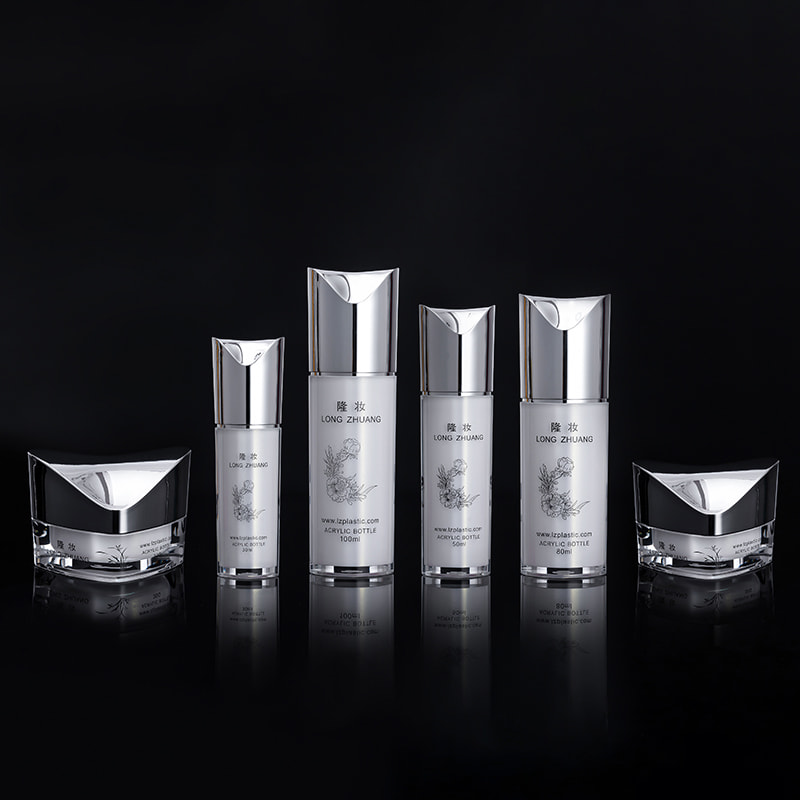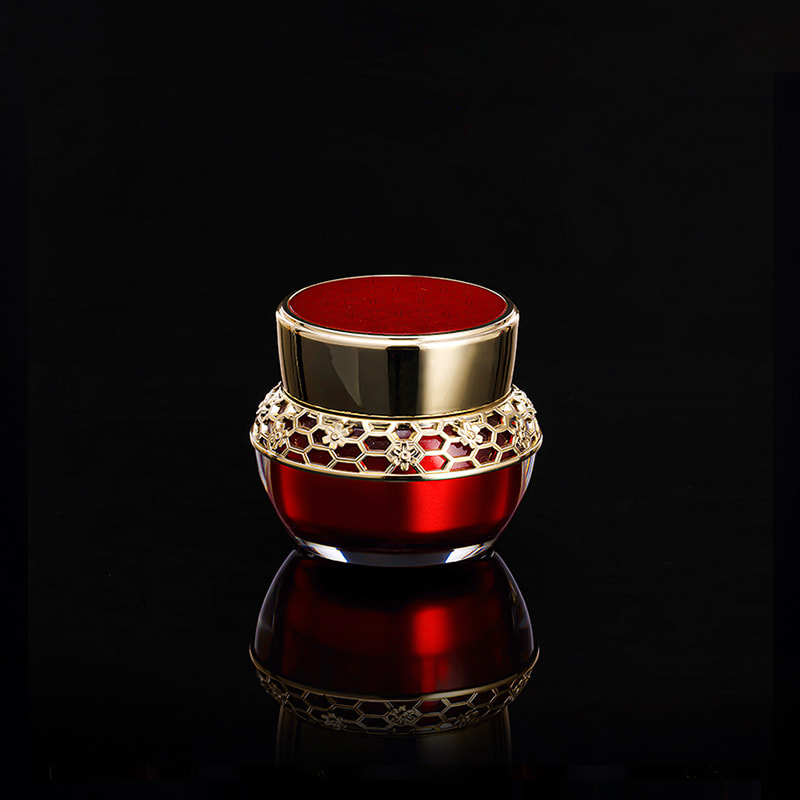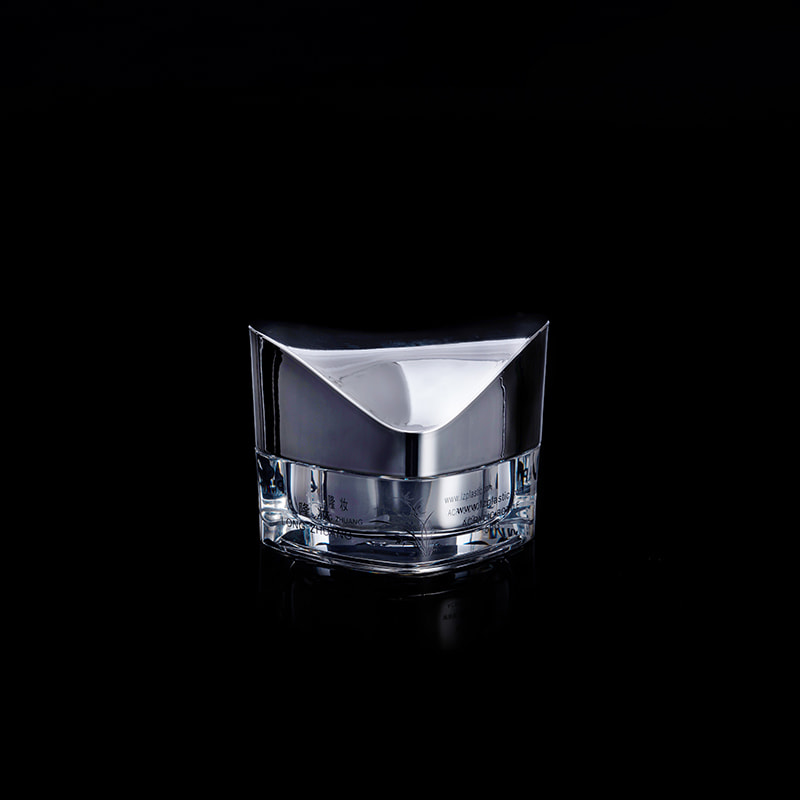What are the processing techniques of acrylic materials
Acrylic processing technology 1. Casting Casting is use […]
Acrylic processing technology
1. Casting
Casting is used to form plexiglass plates, bars and other profiles, that is, the profiles are formed by bulk polymerization. After casting, the product needs to be post-treated. The post-treatment conditions are heat preservation at 60°C for 2h and heat preservation at 120°C for 2h.
2. Injection molding
Injection molding uses pellets made by suspension polymerization and molding on a common plunger or screw injection molding machine. Injection molding products also need post-processing to eliminate internal stress. The processing is performed in a 70-80°C hot air circulating drying oven. The processing time depends on the thickness of the product, and generally takes about 4 hours.
3. Extrusion molding
Polymethyl methacrylate can also be extruded, and plexiglass plates, rods, pipes, sheets, etc. can be prepared from particles produced by suspension polymerization. However, the profiles prepared in this way, especially plates, have a small molecular weight due to the low molecular weight of the polymer. The mechanical properties, heat resistance, and solvent resistance are not as good as cast-molded profiles. Its advantage is high production efficiency, especially for pipes and other molds when using casting methods. Difficult to manufacture profiles. Single-stage or double-stage vented extruder can be used for extrusion molding, and the ratio of screw length to diameter is generally 20-25. Table 2 is the typical process conditions of extrusion molding.
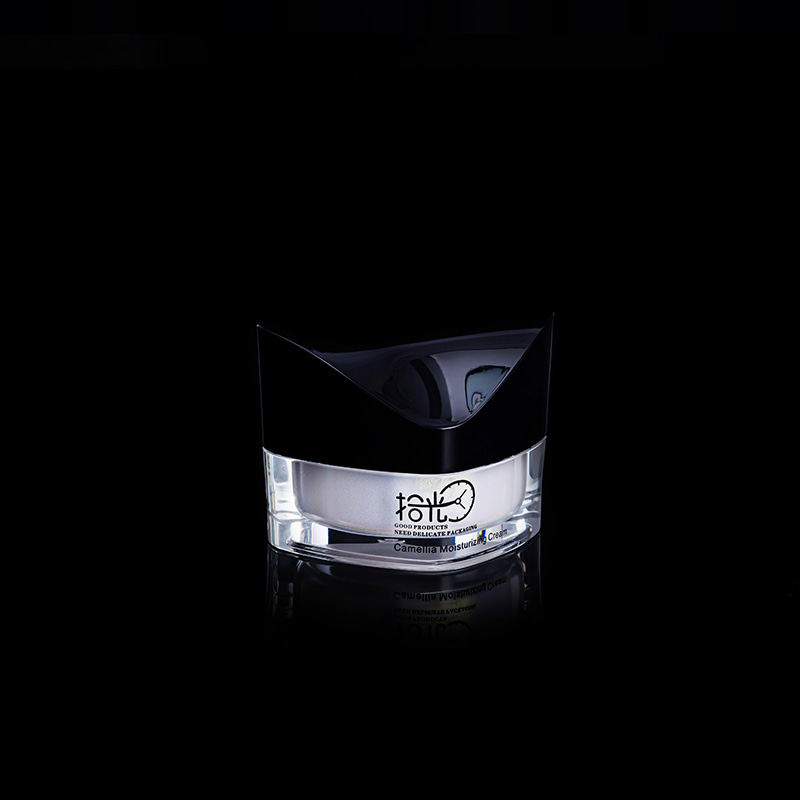
4. Thermoforming
Thermoforming is the process of making plexiglass plates or sheets into products of various sizes and shapes. The blank cut to the required size is clamped on the mold frame, heated to soften it, and then pressurized to make it close to the mold surface , To obtain the same shape as the molding surface, and trim the edge after cooling and shaping to obtain the product. Pressurization can adopt vacuum drawing or directly pressurize a convex mold with a profile. The thermoforming temperature can refer to the recommended temperature range in Table 3. When adopting rapid vacuum low-draft molding products, the temperature should be close to the lower limit, and the deep drawing products with complex shapes should be close to the upper limit temperature. Normally, the normal temperature should be used.
5. Engraving and cutting
Mainly for hollowing out and engraving formed acrylic or colored acrylic materials. Ordinary laser engraving and cutting machines can meet the engraving and hollowing needs of most acrylic products.


